We want families across the UK to go online feeling confident, happy and informed about how to navigate the internet safely.
So, we were thrilled to develop a brilliant new campaign, in partnership with Jo Malone London, which aims to ensure children and young people have a positive experience when they go online.
One in every five internet users is a child. For children, the internet can sometimes be a difficult place to navigate. It can be hard to know the real from the fake, how to avoid seeing negative content, or what to do if a mistake is made.
We believe that going online should be a positive experience for all children so, as part of our Positively Online campaign, we are encouraging families to start thinking and talking about their online wellbeing together. We’ve got six top tips for helping your child to feel good about how they use the internet, and a fun quiz about the online world for parents, carers and teachers.
There are many positives to being online, such as learning new things, but it’s also important that your child doesn’t spend too much time using the internet. While there’s no correct set amount of time they should spend online, it’s important that they maintain a balance.
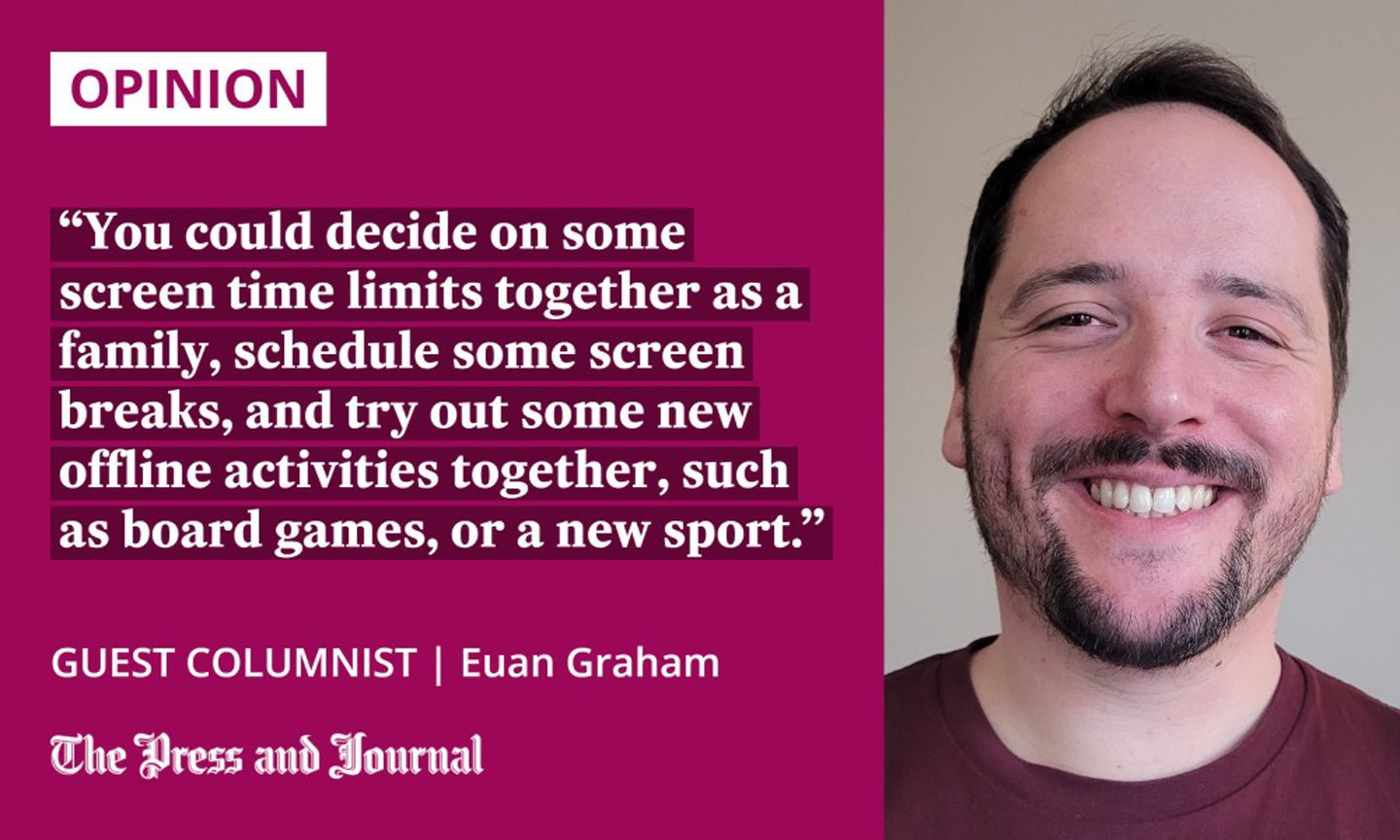
You could decide on some screen time limits together as a family, schedule some screen breaks, and try out some new offline activities together, such as board games, or a new sport.
If your child sees content that makes them feel distressed, upset, or bad about themselves, remind them that they can block and report it. Most apps and devices also have settings to block certain people, words or phrases that might be having a negative impact.
It’s a good idea to remind the young people in your life that not everything they hear or see online will be true. Photos can be heavily edited, and they may read false rumours. Knowing that not everything online is real will help your child to navigate the internet in a way that makes them feel better about themselves, and more confident about the content they are viewing.
You can also try to have regular chats with your child about what they are doing online. A constant and open dialogue is very helpful, especially if anything negative or something that makes them feel uncomfortable starts to happen. This way, you have the relevant context needed to give them any advice or support.
And don’t forget to talk about what they like doing online. By having a better understanding of this and seeing things from their point of view, you can build trust and confidence around how your child spends their time.
Euan Graham is local campaigns officer for NSPCC Scotland

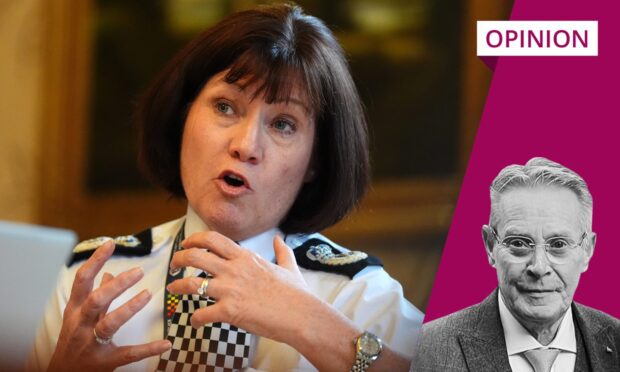
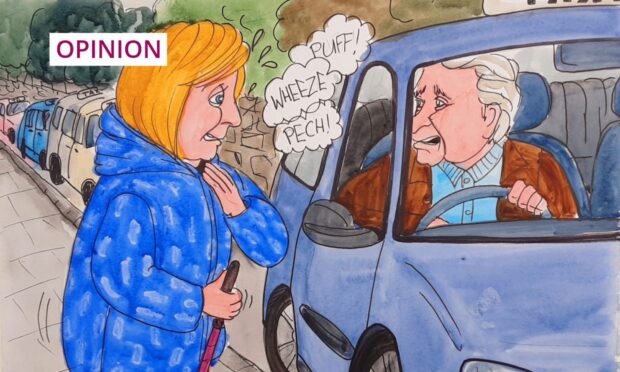




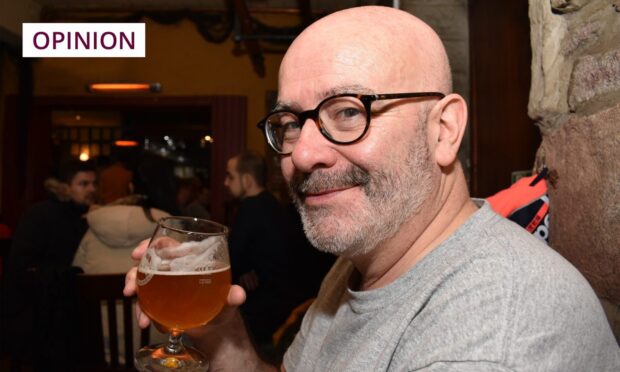
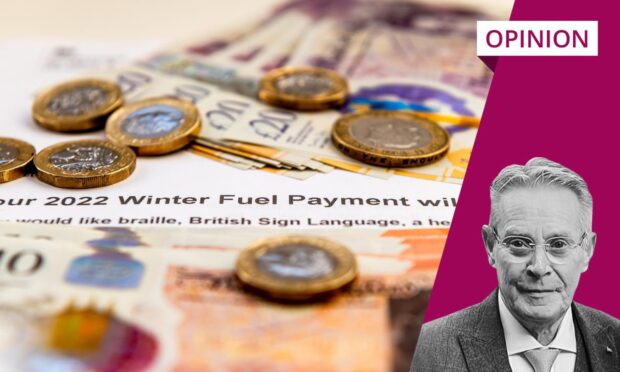

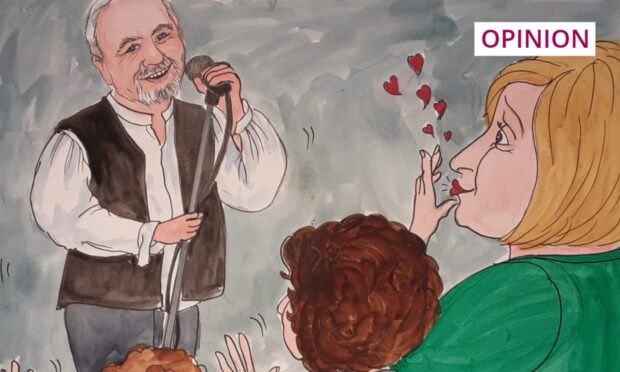
Conversation